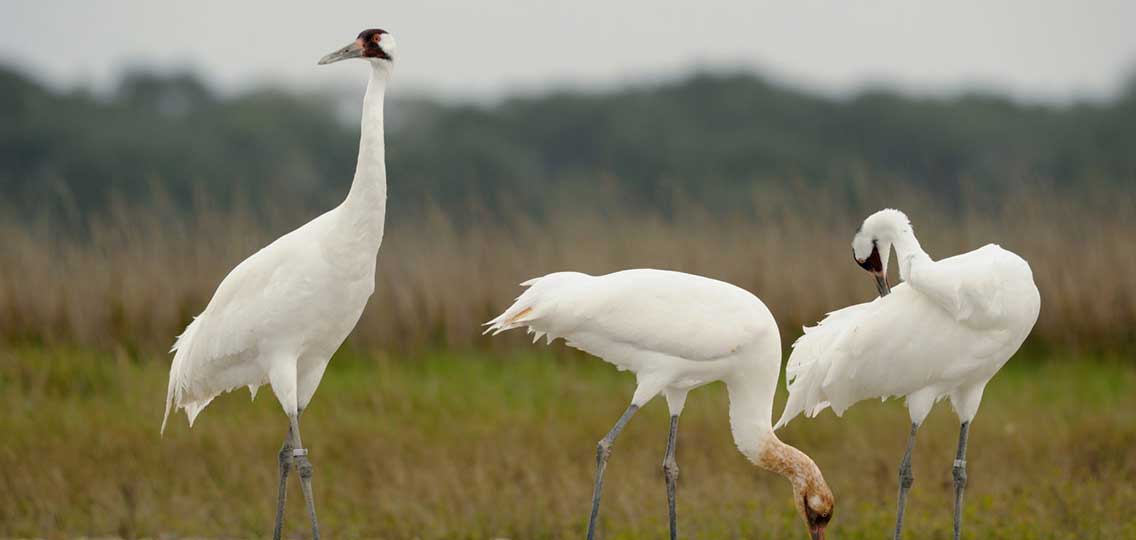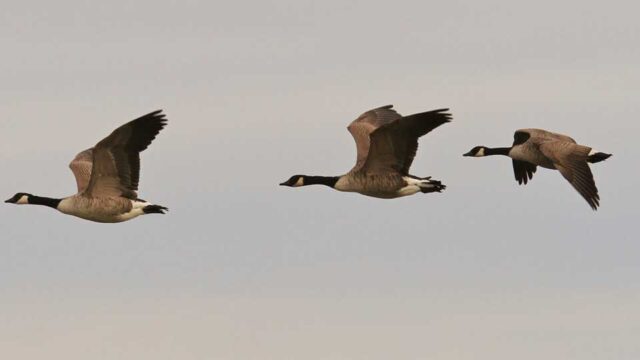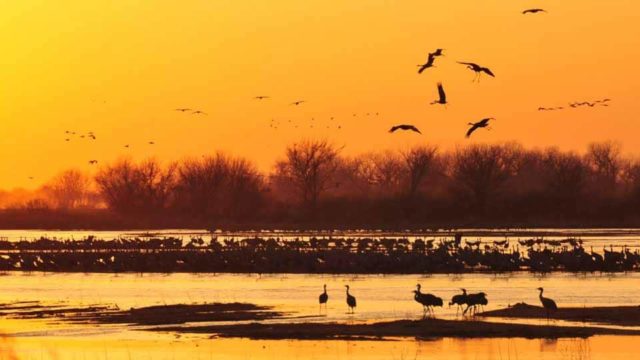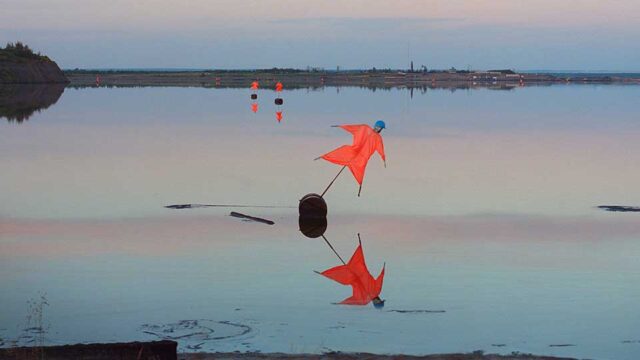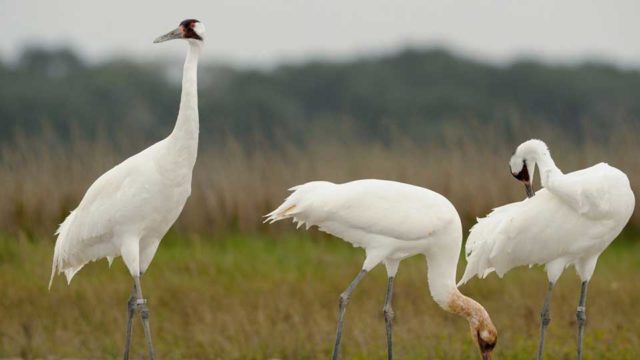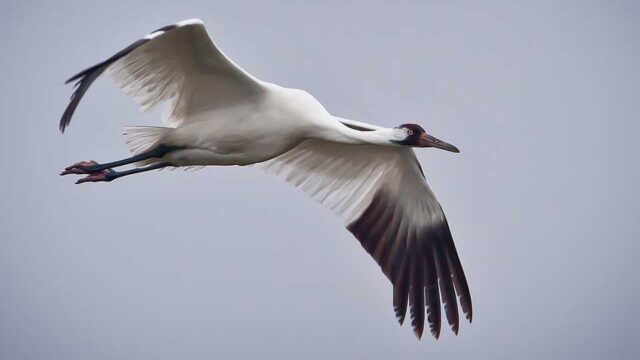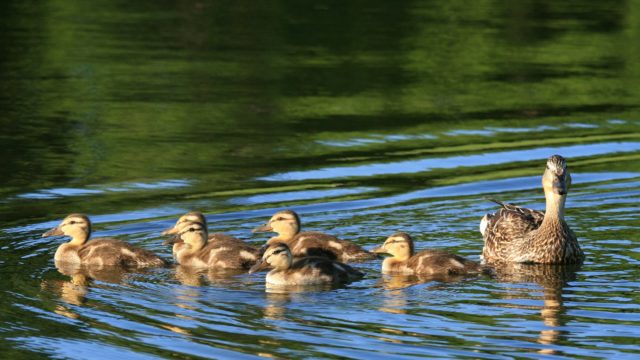Alberta’s Peace-Athabasca Delta is one of the most important bird habitats in North America. The region is made up of wetlands, rivers, and lakes, and provides an important passageway for approximately 1.5 million migratory birds, including the endangered Whooping Crane and 213 other bird species, during their spring and fall migrations.
But despite its significance for migratory birds, the delta sits next door to one of the biggest industrial projects on the planet, the Alberta oil sands.
The process of extracting bitumen from the ground results in large tailings ponds that are made up of a mix of water, sand, silt, clay, contaminants and unrecovered hydrocarbons — and are some of the largest in the world. For each barrel of bitumen mined from the oil sands, 1.5 barrels of toxic tailings waste is produced. That means that Alberta’s tailings ponds cover 220 square kilometres and contain 976 billion litres of liquid waste.
It is estimated that 200,000 birds land on oil sands tailings pond each year, with an estimated 5,000 deaths occurring annually. This number could be even higher, as birds soaked in bitumen could sink to the bottom of a tailings pond before detection or fly off after landing to die somewhere else.

